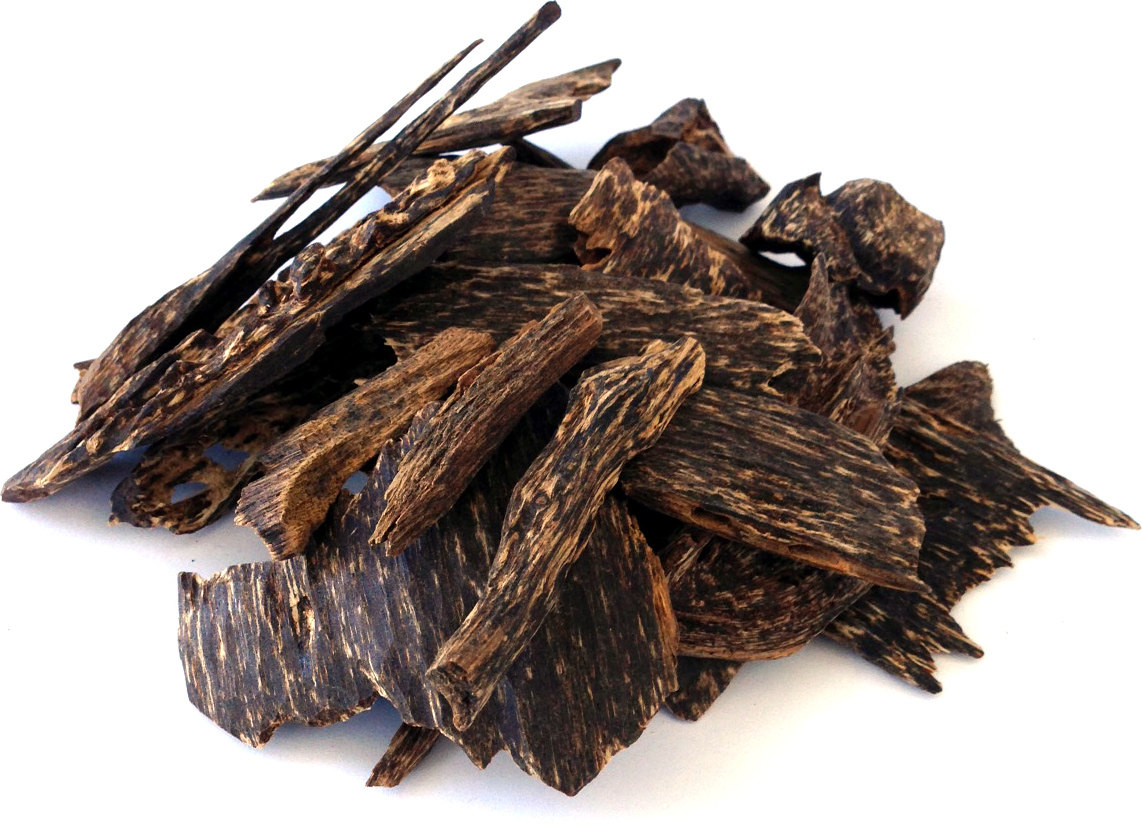Natural ingredients at the heart of our craftsmanship

Centifolia Rose
Born in the 17th century in mysterious conditions, the Centifolia Rose became the symbol and signature of Grasse for its noble fragrance with touches of honey. At sunrise in May, on the day the Rose blooms, it is picked. This is when the scents it contains are at their peak.
The flowers are mixed with a solvent, to become a mixture of juice, waxes and pigments, which is then turned into a fluid substance by the effect of an alcohol. Once the solution is filtrated and cooled and the alcohol has completely evaporated, the absolute is created. 1 kg of absolute requires about 300,000 flowers.
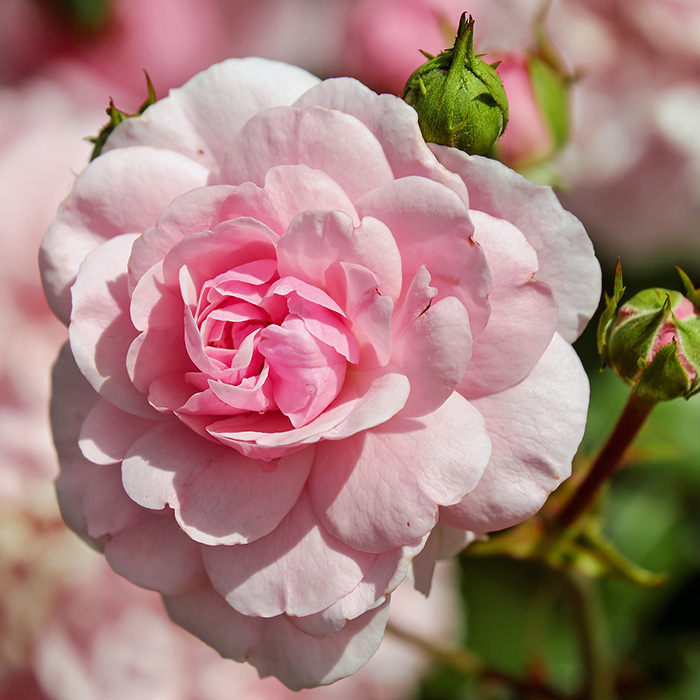
Jasmine Grandiflorum
Originally from northern India, the rare Jasmine Grandiflorum benefits from the unique geographical conditions of the city of Grasse, located between sea and mountains. These traditional flowers, with a sweet and fruity scent, and hints of delicacy, are picked at dawn, before the first sunrays.
As these flowers are extremely fragile, the most efficient technique that exists, is extraction through volatile solvents. The molecules of the Jasmin flower are extracted by a solvent: hexane . Hexane is then separated and discarded during decantation, concentration and successive filtrations. 1 kg of absolute requires between 600 and 700 kg of flowers.
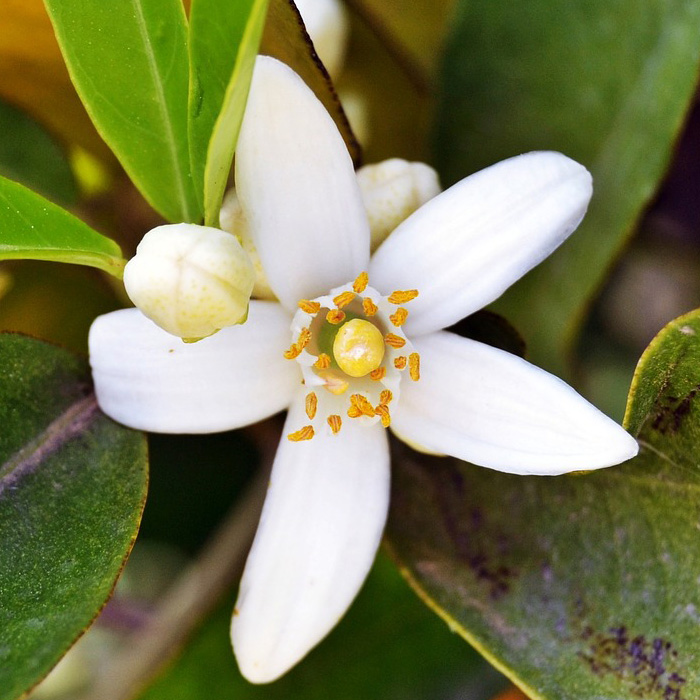
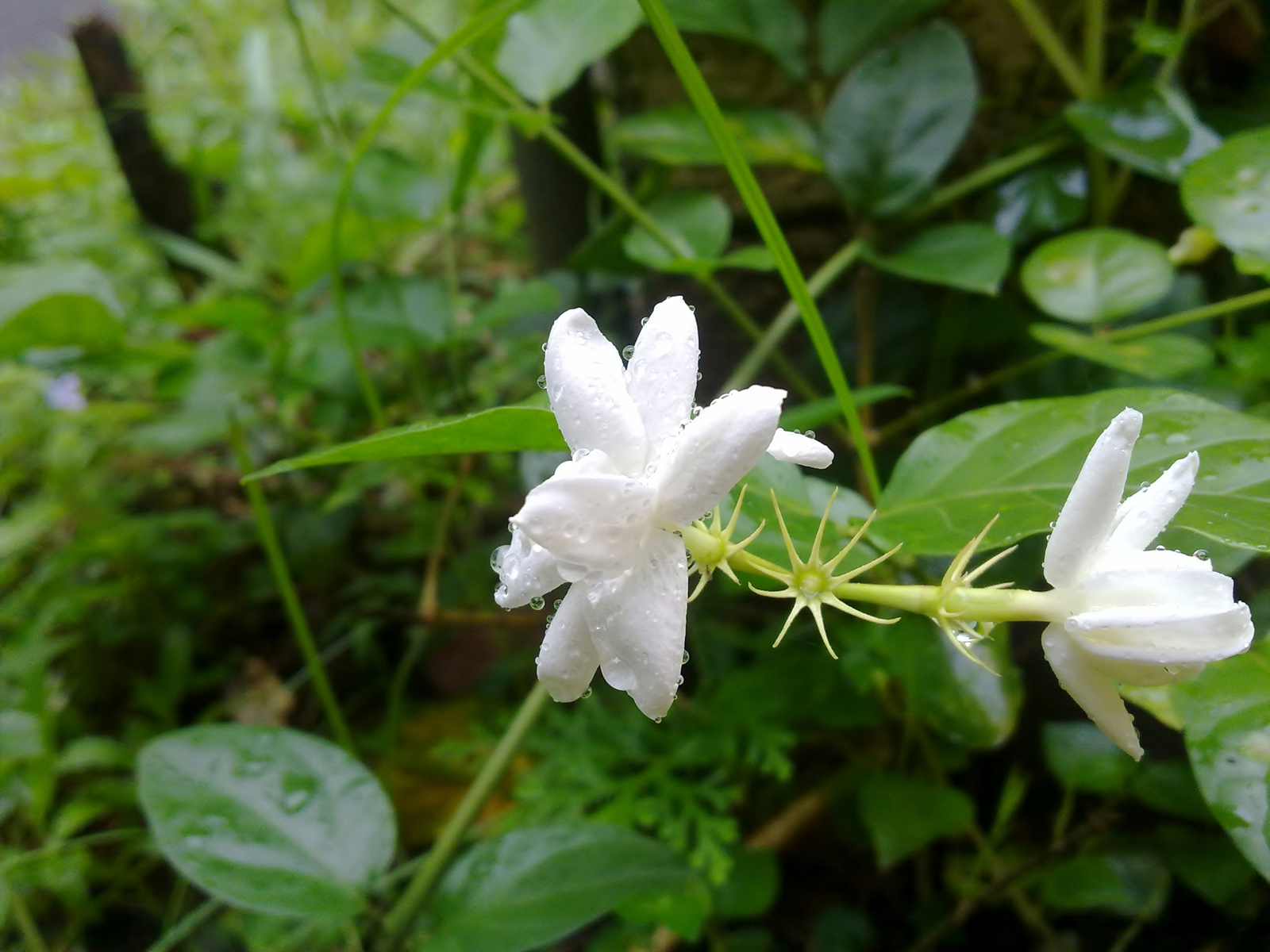
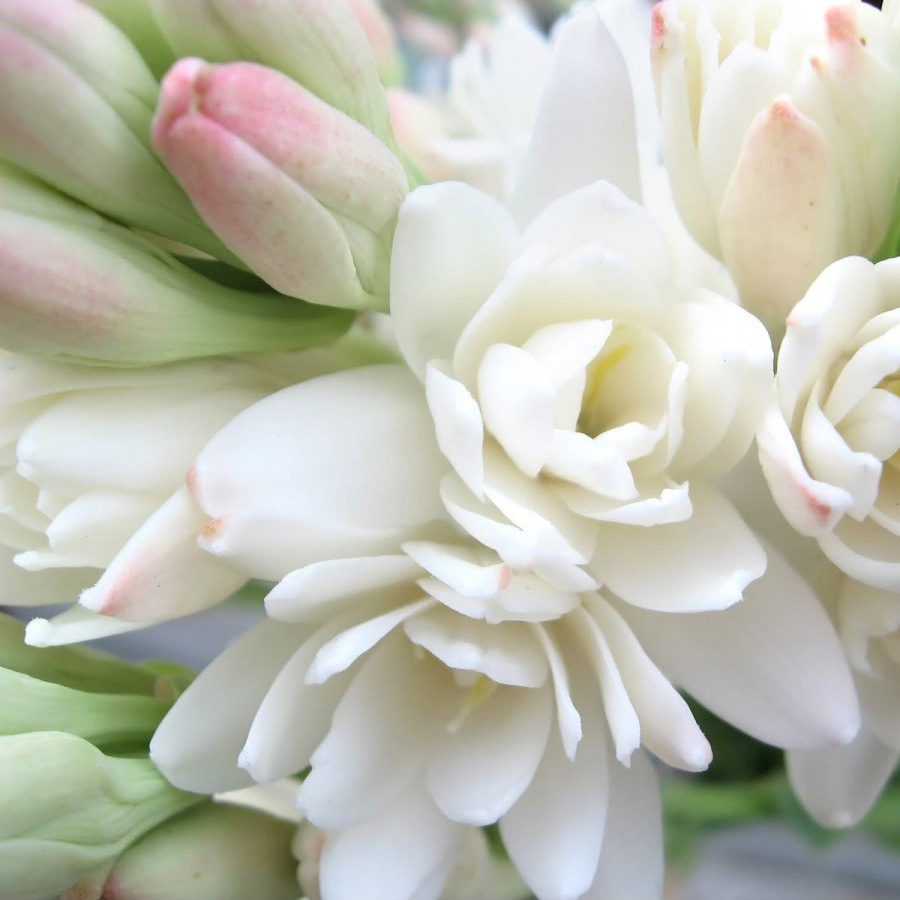
Tuberose from Grasse
Tuberose is known for its sulphurous characteristics, associated with the power of its scents. Its bulbs planted in spring, bud into flowers at the end of summer to release its scent, which alternates between vegetal and heady, and creamy and sun-drenched.
To capture its soul, la Maison Godet uses the ancestral method of cold “enfleurage”, which consists of placing the freshly picked flowers in wooden frames soaked in fat. These are then renewed daily for 3 months. The absolute is extracted after filtration of the solid matter in alcohol.
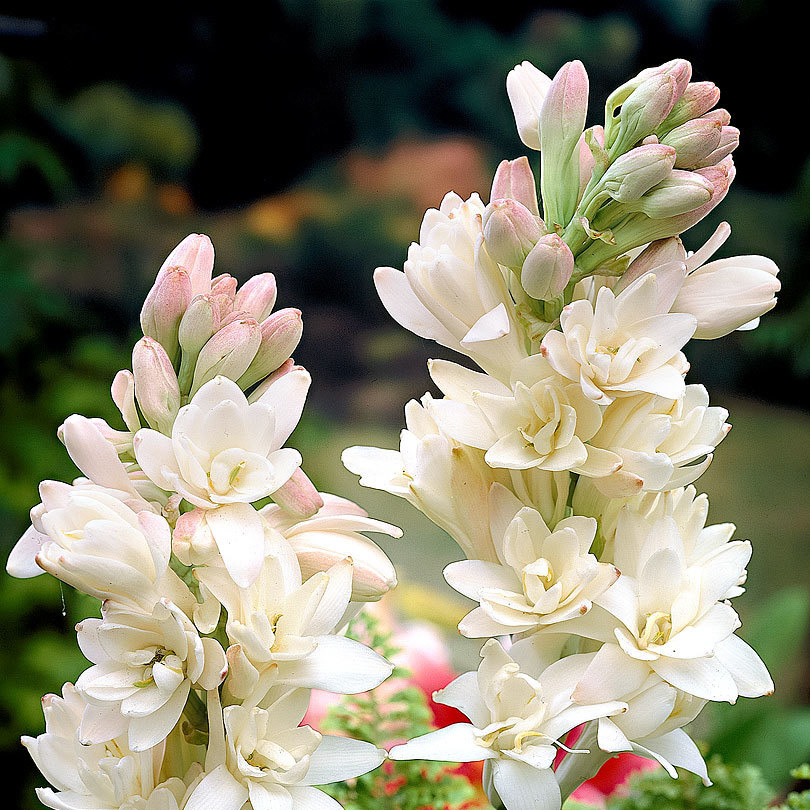
Bergamot from Calabria
Being a cross between bitter orange and lemon trees, the bergamot is part of of the Mediterranean olfactory field. Its tangy pulp and reassuringly strong zest, produced by constant heat, make it a sure bet for fresh fragrances.
Essential in the Godet signature, this fruit is produced respecting the organic ways in its historic stronghold of Calabria. Thus it is free of pesticides, insecticides and chemical fertilizers. Its bark is used to produce the essential oil, which has had a Controlled Label of Origin (in French: AOC – Appellation d’Origine Protégée) since 2001.
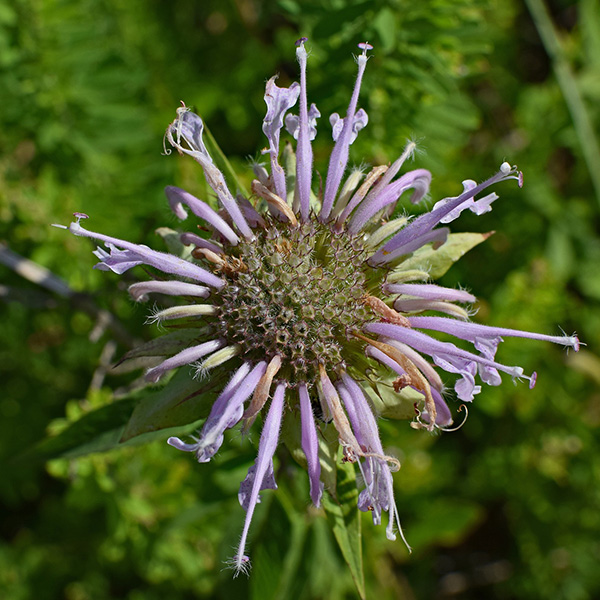
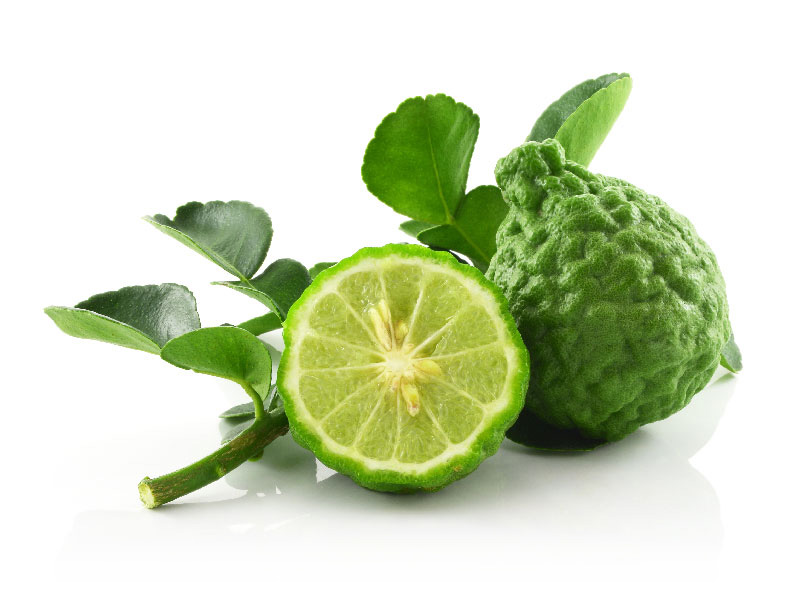
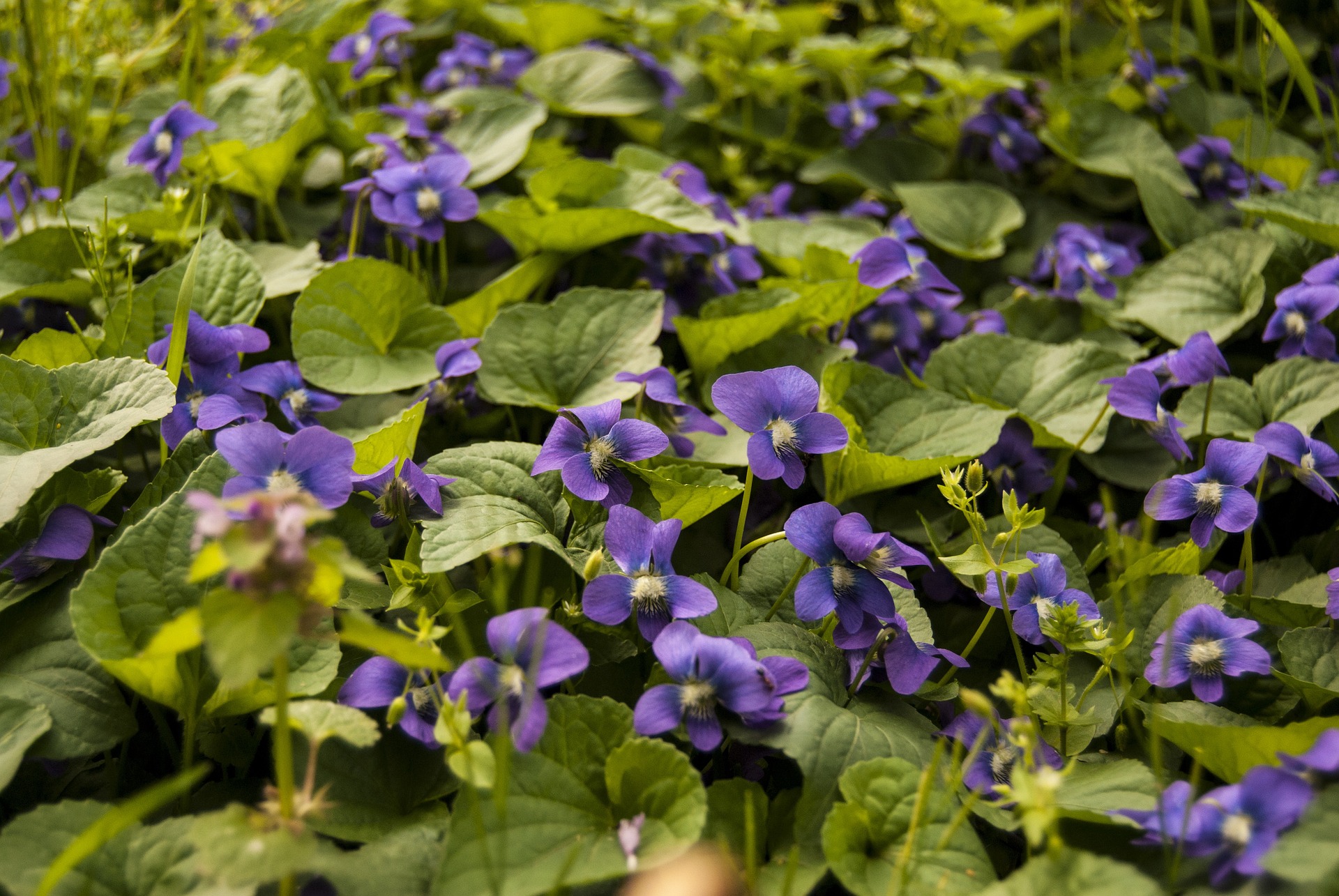
Violet Victoria
This type of violet is cultivated in Tourrettes-sur-Loup, in the hinterland of Nice. While the petals are used in confectionery, Violet leaves are used in perfumery. They are particularly adored by perfumers due to their green intense colouring, and sparkling, gourmand scented touch.
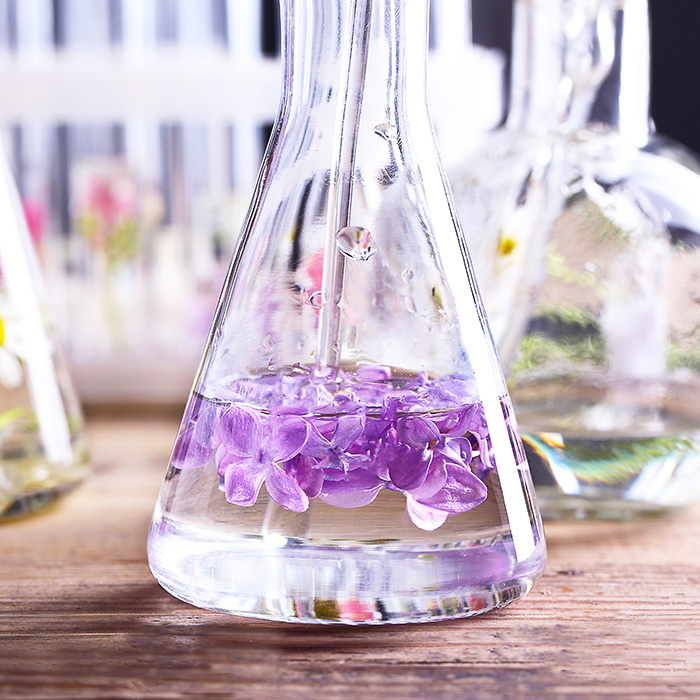
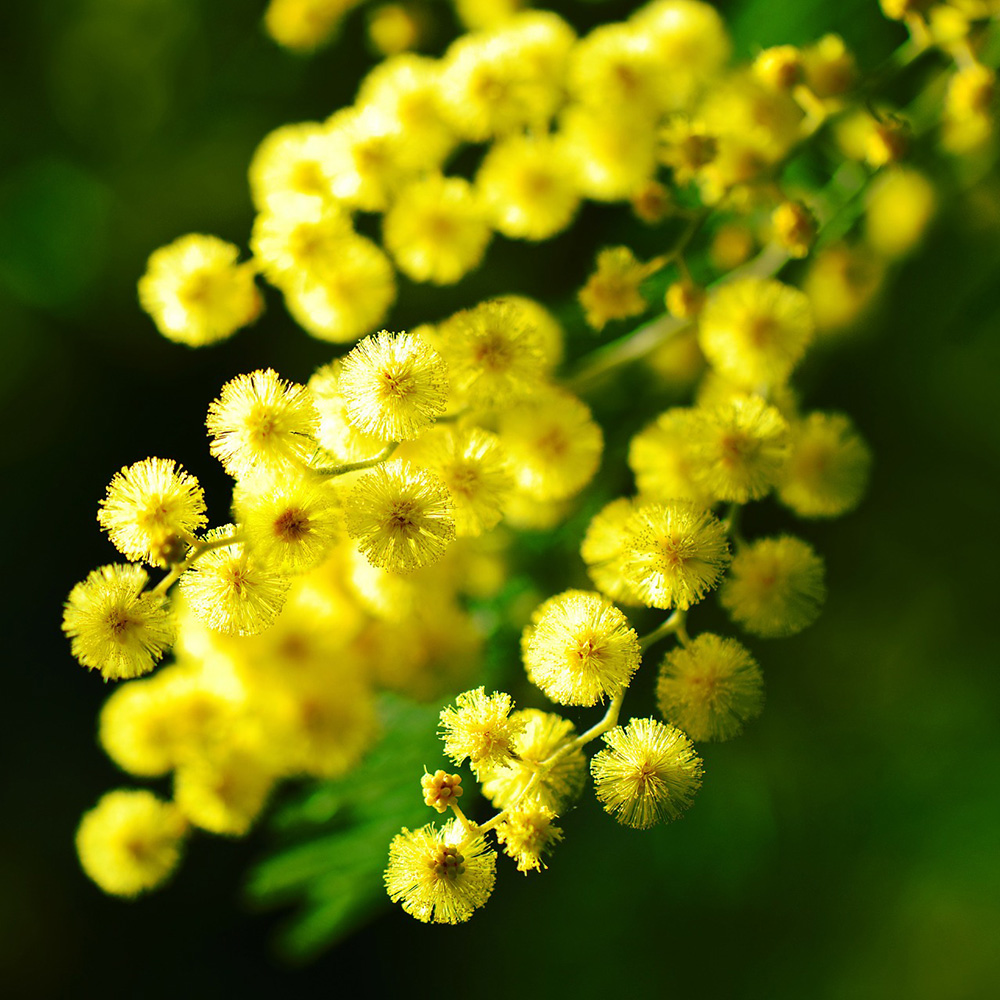
Tanneron's Mimosa
In France, the Tanneron massif remains unequalled/unchallenged in its impressive concentration of mimosa. It is here that these fluffy yellow balls, leaves and stems are picked in the middle of winter. Used and known for their powdery and deep scent, they are most recognizable, and thus selected, during their triumphant flowering, making the other flowers colourless.
The best olfactory extraction of the mimosa and its pollen is guaranteed through distillation. It is a mixture of water vapour with the plant, loaded with odorous molecules. Once cooled at low pressure this mixture will show an aqueous phase and the essential oil, which will eventually be collected.
Sacred Oud Wood
The “Bois d’Oud” is deeply rooted in spirituality: Buddhists burn it to help to meditate and are guided by the fluffiness that it symbolizes. Taken from Aquilaria-type trees, it must secrete a special resin that defends against fungi in order for its organic and oriental scents to come to life.
